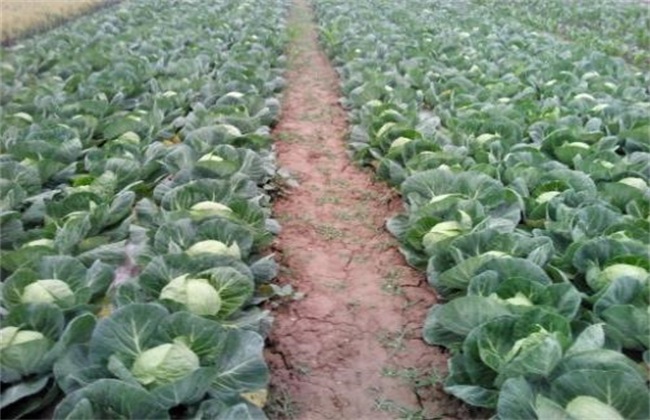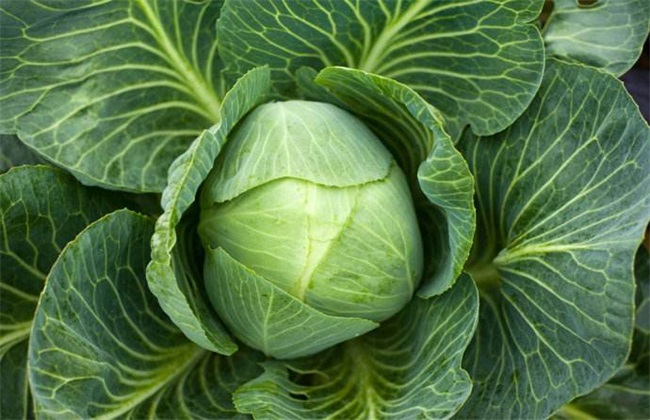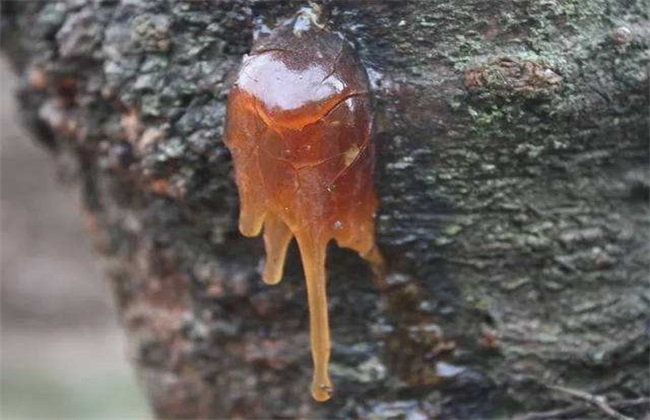Planting techniques of cabbage
Cabbage is also called cabbage in some places. It is a kind of cruciferous vegetable, which belongs to 1-2 years old herbaceous plant. It has been planted for thousands of years in our country. Cabbage is very rich in nutrients, which is welcomed by many people, so the planting area is getting larger and larger. So how to operate the cabbage seeds? The following editor has brought the planting technology of cabbage, let's have a look!

1. Seed selection and sowing
First of all, we should make the variety selection of cabbage according to the planting season, which can be selected according to the shape, maturity and other aspects. If the cultivation is delayed in autumn, then it is mainly mid-late maturity varieties, and if it is cultivated in early spring, then it should also be early-maturing varieties. The main sowing method of cabbage is sowing. After finishing the seedbed, spread the seeds and soil evenly on the soil. Then cover the soil, control the sowing rate, generally the amount per mu is about 50g. The sowing rate should not be too much, otherwise it is easy to cause cabbage seedlings to influence each other.
2. Seedbed management
If cabbage is raised in winter, then we should pay attention to the work of heat preservation. A week before sowing, buckle the shed properly to increase the temperature in the shed. When the cabbage seeds did not emerge after sowing, the temperature in the small arch shed was controlled at about 22 degrees, and the temperature at night was 15 degrees. In a suitable environment, the seedlings will be ready in about 4 days. After the seedlings are complete, we should pay attention to the appropriate cooling, seedling refining, to avoid the phenomenon of tall seedlings. Then it is necessary to do a good job of interseedling work, and the spacing should be controlled at about 3cm, so as to improve the sufficient growth of seedlings.
3.Seedling and planting.
When the seedlings grow two true leaves, we should first prepare the nutrient soil, and then prepare the nutrition bowl. Control the planting density for pseudo-planting, properly water the seedlings, raise the temperature, the temperature is 18 degrees in the day and 10 degrees at night, and keep it for about 5 days. When the seedlings grow 7 true leaves, they can be planted, and the soil preparation and fertilization in the field should be done well before planting. The planting density should be controlled and the row spacing of planting plants should be kept at about 30*40cm. Finally, dig the planting hole and start planting, and the depth can be the same as that of the seedling soil and the border surface.
4. Field management
Watering once after planting to promote stable seedlings, and then watering slow seedlings once after about 5 days. Do a good job of mid-tillage, increase the soil temperature and enhance the growth ability of seedlings. After the rosette leaves grow, reduce the amount of water, avoid excessive growth, promote squatting seedlings, and control the squatting time according to the varieties, such as early-maturing varieties squatting seedlings for about a week, otherwise squatting seedlings for about half a month. After entering the rosette stage, water should be watered reasonably, and the amount of water and fertilizer should be increased in the heart stage. Topdressing fertilizers are mainly urea and farm manure.
The above is a brief introduction of cabbage planting technology. The planting method of cabbage is actually relatively simple, but we should not be careless. We should still do a good job in management. This is the end of today's introduction, this article is for reference only, I hope it can be helpful to everyone!
Related
- Where is it suitable to grow horseradish in China? it is expected to see the middle altitude horseradish in Alishan.
- How to prevent tomato virus disease reasonably? (Control methods included)
- Many people like to plant towel gourd on the balcony. What are the main points of this method and management?
- What crops can chili peppers be mixed with?
- Fertilization techniques and matters needing attention in Tomato
- What are the grafting techniques for peach seedlings in spring?
- Harm and control methods of root swelling disease of Chinese cabbage
- What are the pests of sweet potatoes? How to prevent and cure it?
- Symptoms, causes and Control methods of navel Rot in Tomato
- The cause of "Cucumber rotten bibcock" in Farmers' planting Cucumber and its Control Plan



